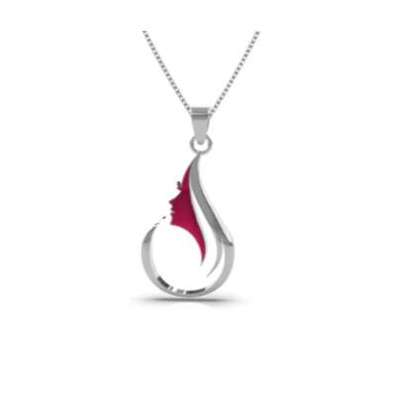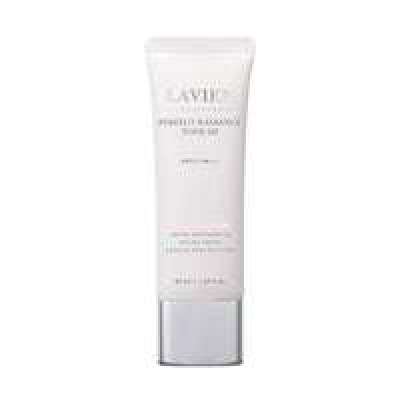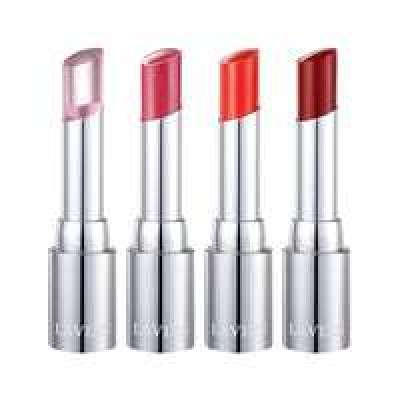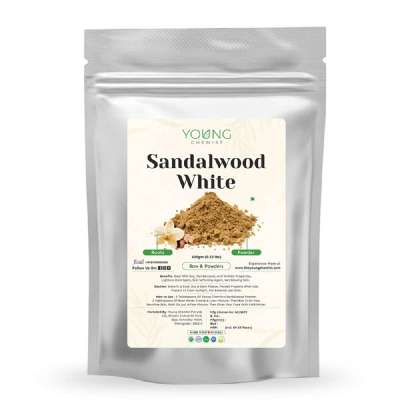sylfirm rf microneedling
Understanding and Treating Rosacea
Rosacea is a common skin condition, which appears as persistent facial redness. It is characterized by dilated blood vessels, tiny skin bumps (papules) and pus-filled spots (pustules). It is a long-term condition that can fluctuate from mild to severe.
Rosacea mostly affects the face, typically the cheeks, forehead, chin and nose. It is more common in women than men, predominantly affects fair-skinned individuals. While it can begin at any age, it’s often seen in young adults.
Treatment for rosacea
Treatment for rosacea aims to relieve symptoms, prevent recurrence, and improve quality of life. Lifestyle adjustments can help manage triggers like UV exposure, stress, and certain foods.
Skincare focuses on repairing the skin barrier and reducing sensitivity. Various topical medications, like metronidazole, azelaic acid, benzoyl peroxide, and salicylic acid target papules and pustules effectively. Ivermectin cream effectively eliminates Demodexmites, which are believed to play a role in rosacea. Additionally, vasoconstrictor like brimonidine temporarily relieves redness.
Oral therapies, such as antibiotics (doxycycline, minocycline), isotretinoin, and hydroxychloroquine, are recommended for more severe cases.
Botulinum toxin type A (BTX-A) injections can be used as an off-label treatment to reduce redness and flushing in rosacea patients.
Physical therapies for rosacea, particularly those involving various forms of light-based treatments, aim to improve inflammation, reduce redness, and address visible blood vessels (telangiectasia). Here are some elaborations on common physical therapies for rosacea:
Intense Pulsed Light (IPL) Therapy:
IPL therapy uses broad-spectrum light to target hemoglobin in blood vessels and melanin in pigmented lesions. It can reduce redness and visible blood vessels while improving skin texture.
This treatment is effective for erythematous lesions and telangiectasia, making it a popular choice for managing rosacea symptoms.
Pulsed Dye Lasers (PDL):
PDL treatments specifically target blood vessels, making them effective for reducing redness and visible blood vessels associated with rosacea.
The laser emits yellow light at a specific wavelength to target hemoglobin in blood vessels, causing them to coagulate and be absorbed by the body.
PDL therapy is commonly used for managing erythematous lesions and telangiectasia, particularly in cases where IPL therapy may not be suitable.
Read more : https://drdaesthetics.com/sylfirm/






